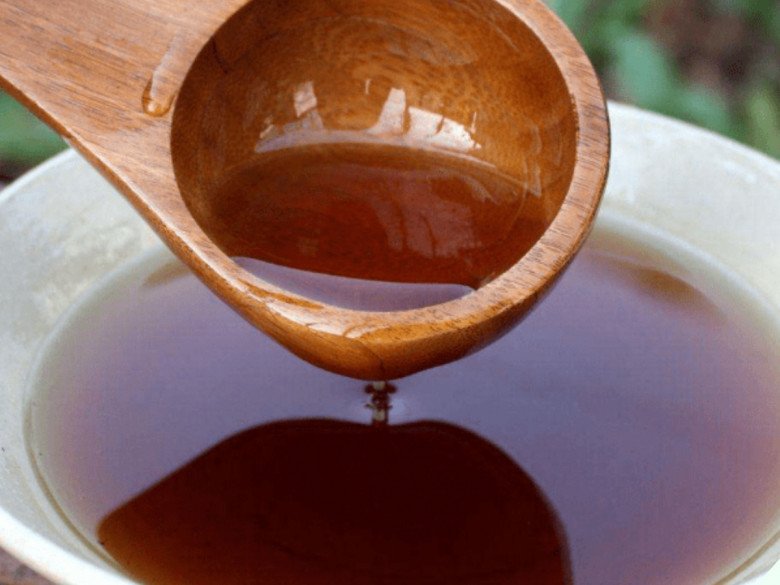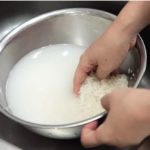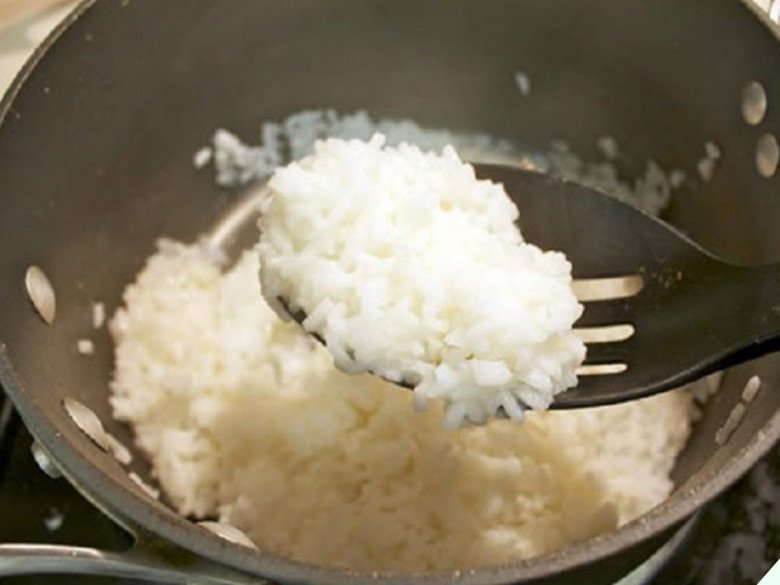
Use a Sandwich to Soak up the Moisture
A simple trick to save your mushy rice is to use a sandwich as a sponge. Place 1-2 slices of bread directly on top of the rice and close the lid.
After 5-10 minutes, the bread will have absorbed the excess moisture, leaving your rice drier and fluffier.
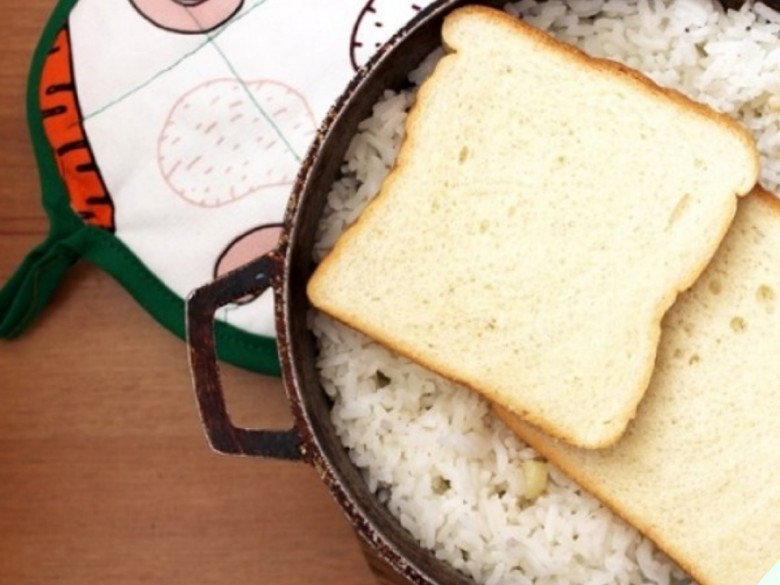
Remove the bread and gently fluff the rice with a fork. Enjoy your perfectly cooked rice, and don’t throw away that bread! You can eat it with your favorite toppings or jam.
Uncover the Pot
A traditional method to fix mushy rice is to simply remove the lid. This allows excess steam to escape, preventing it from condensing back into the rice and making it soggier.
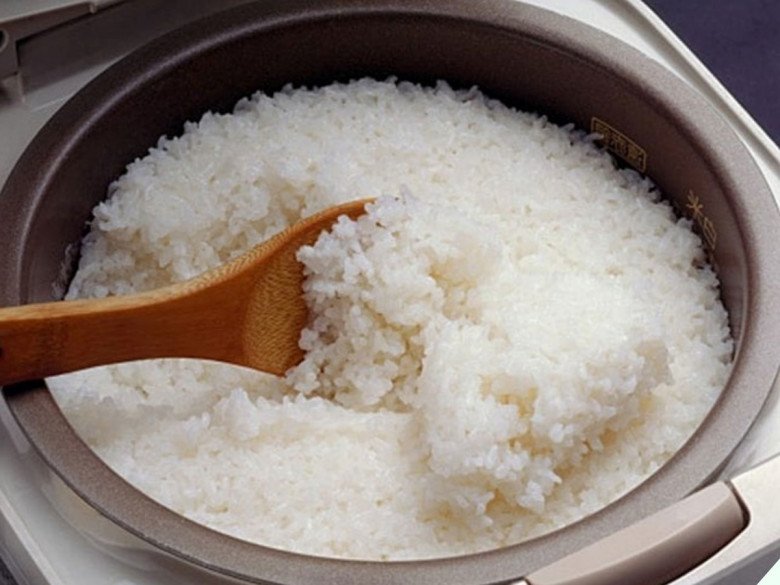
After about 15 minutes, the rice will dry out. At this point, cover the pot again and continue cooking until the rice is tender and fluffy.
Alternatively, you can transfer the rice to a bowl to speed up the cooling process. Once it’s cooled, the rice will be drier. You can eat it as-is or reheat it gently for a warm meal.
The Ultimate Tip for Measuring Water for Rice
One of the main reasons for mushy rice is using too much water. But there are a couple of foolproof methods to measure the right amount of water and ensure perfectly cooked rice every time.
1. The Finger Method
A traditional way to measure water for rice is to use your finger. Whether you’re cooking a small or large batch, simply make sure the water level is one finger-joint (about an inch) above the rice level.
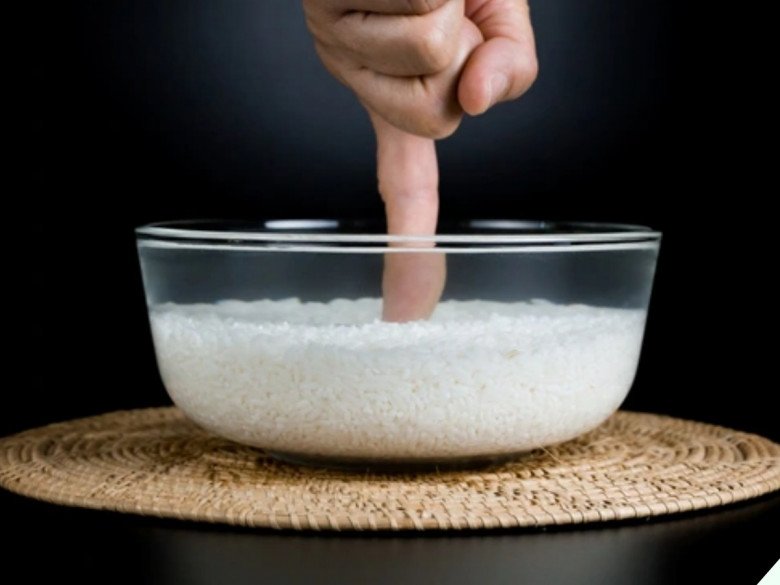
2. The Ratio Method
The rice-to-water ratio will vary depending on the type of rice. However, a good rule of thumb is to use the following ratios:
– For white rice, use a ratio of 1:1.5 (for every cup of rice, use 1.5 cups of water)
– For brown rice, use a ratio of 1:2 (for every cup of brown rice, use 2 cups of water)

Additionally, most rice cookers have water level markings inside the pot, and the user manual will provide recommendations for the ideal rice-to-water ratio. Following these guidelines will ensure perfectly cooked rice every time.
Cooking Rice Like a Pro: A Step-by-Step Guide
To avoid mushy, overcooked rice, follow these five simple steps for perfectly cooked rice every time.
1. Rinse the Rice
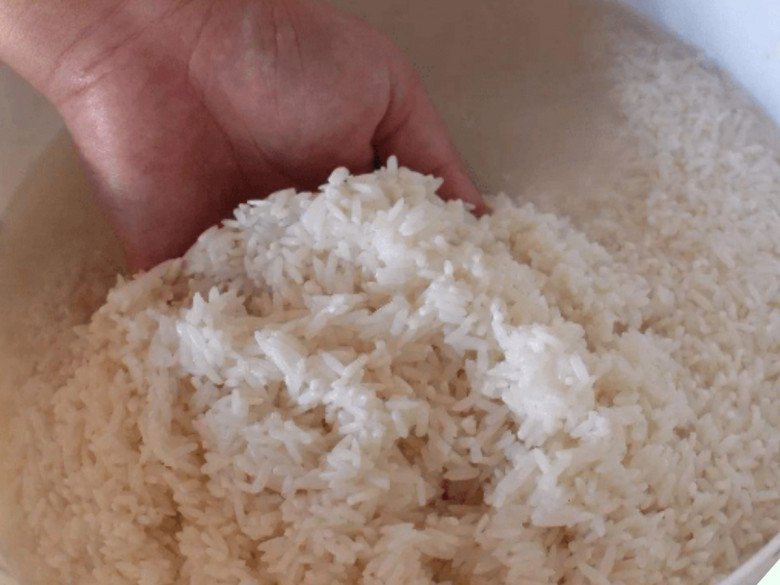
While it’s important to rinse rice to remove any debris, over-rinsing can strip away valuable nutrients. Experienced chefs recommend rinsing rice just twice. When rinsing, be gentle to retain vitamins and minerals in the rice grains.
2. Soak the Rice
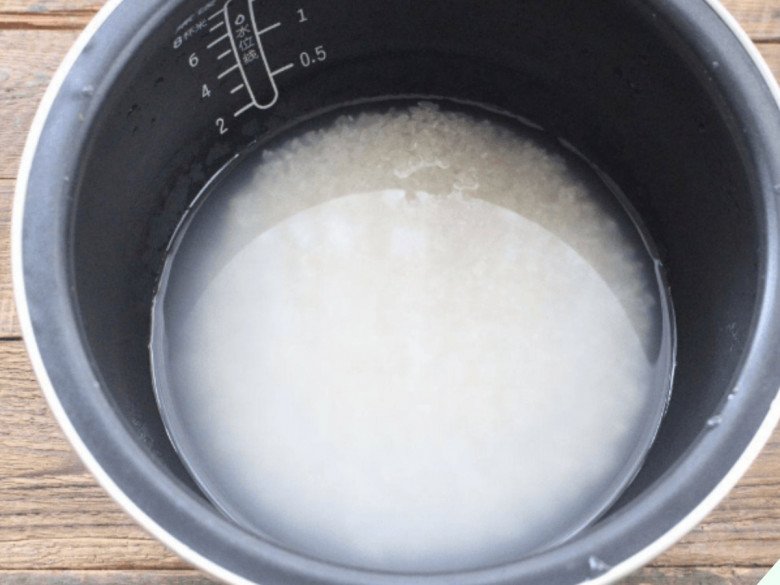
After rinsing the rice, soak it in a sufficient amount of water for about 30 minutes. This allows the water to gradually penetrate the rice grains. When cooked, the rice will be tender and fluffy, with a delicious texture.
3. Measure the Water
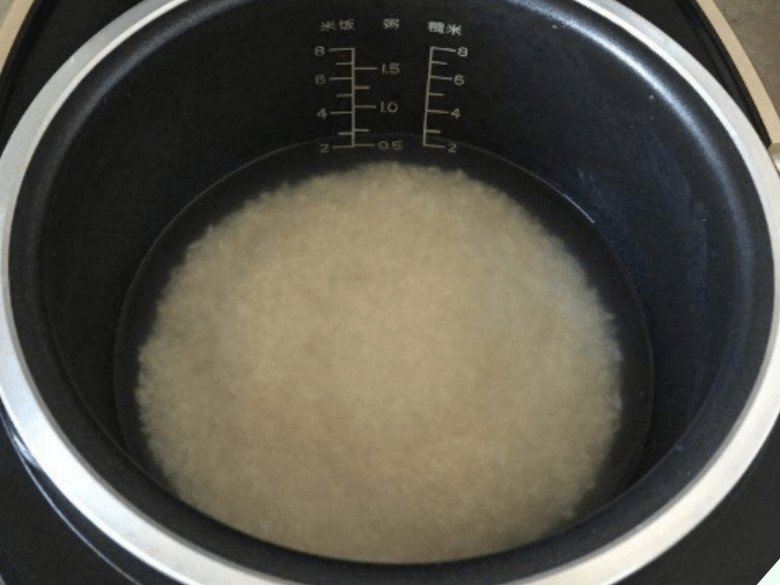
Drain the soaked rice and place it in a pot. Measure the water using the finger method or the ratio method (1:1.5 for white rice). Alternatively, you can simply measure one finger-joint’s worth of water above the rice level.
4. Add Vinegar
A chef’s secret to perfect rice is to add a splash of vinegar to the cooking water. This acts as a catalyst, improving the texture and taste of the rice. It also helps keep your rice fresh for longer.
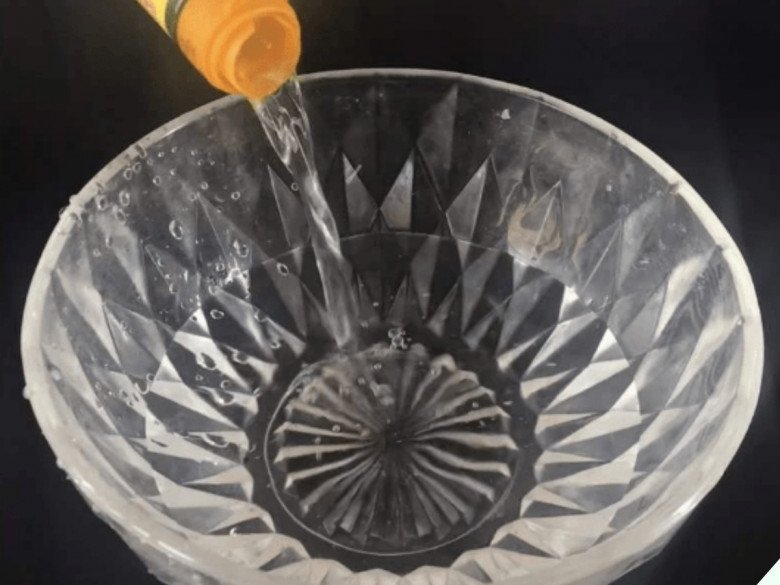
5. Sesame Oil for Flavor and Shine
Once your rice is cooked, add a few drops of sesame oil and gently fluff it with a fork. This simple trick will give your rice a glossy shine and a delightful aroma.
